
An example of the new 25mm Olympus prime arrived before the weekend and I took it for its first outing — attached to the Olympus PEN-F — to the annual Regent Street car show on Sunday morning. Focus was on the pre-1904 veteran cars and their drivers who were to take part in the 120th Bonhams London to Brighton Veteran Car Run¹ the following day.
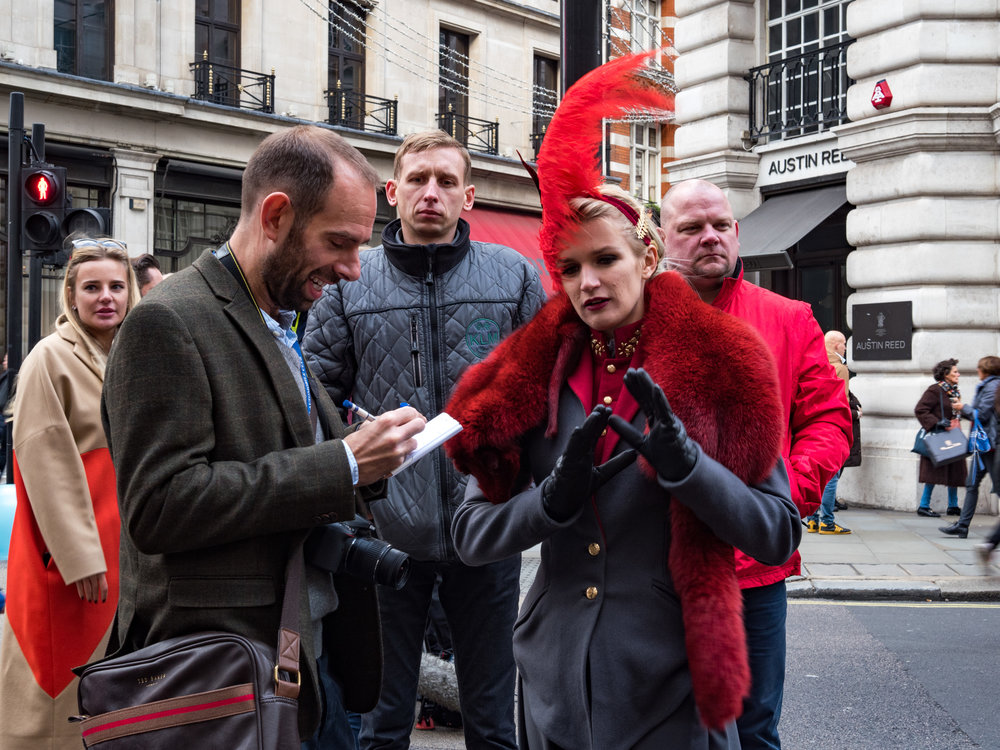
The Olympus M.Zuiko 25mm F1.2 PRO is currently hot property, vying for the crown as the best “standard” prime (equivalent to 50mm) for the m4/3 system. Is it capable of knocking the Leica DG f/1.4 Summilux off its perch?

The Summilux is a bit long-in-the tooth by now; it doesn’t offer the physical aperture dial (for use on Panasonic cameras) that later Leica DG lens provide. I suspect there could well be a new 25mm Leica DG lens in the works as I write; it is overdue and the arrival of this very competent Olympus will confirm that a replacement is needed. After all, for m/43 systems a 25mm prime is probably the most useful general-purpose focal length.
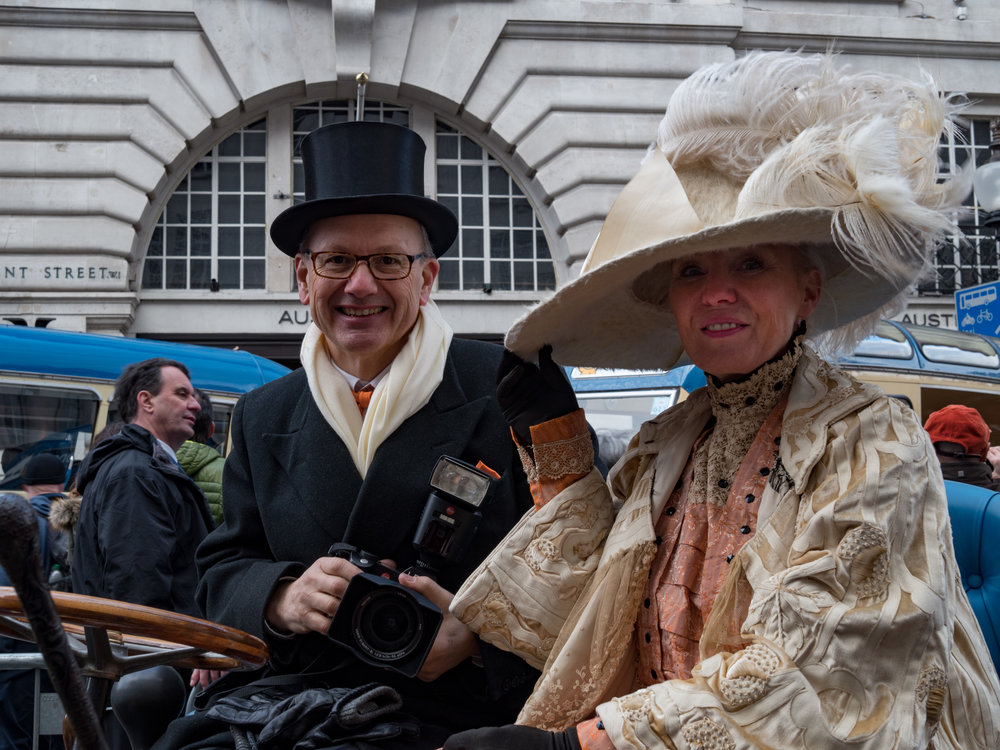

Enthusiast following
The new Olympus joins the well-regarded range of M.Zuiko professional lenses for m4/3. Their hallmark is the auto/manual focus clutch with a depth of field scale. With a metal chassis and premium optics, these weather-resistant primes and zooms have an enthusiast following.
Colour gallery, processed from RAW (click to enlarge)
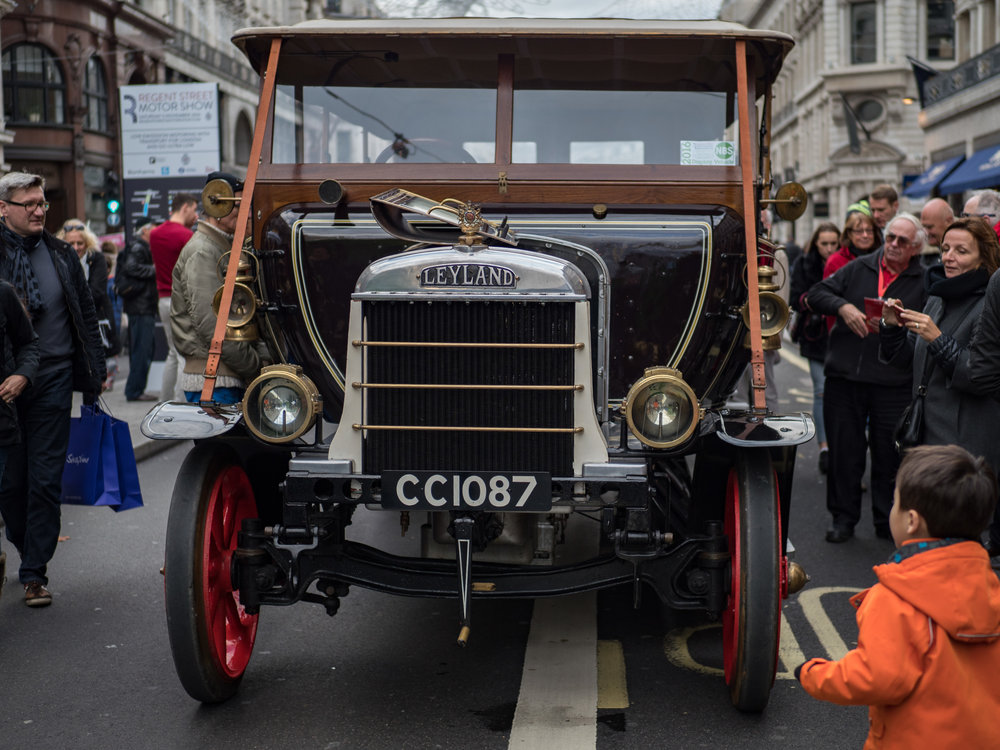

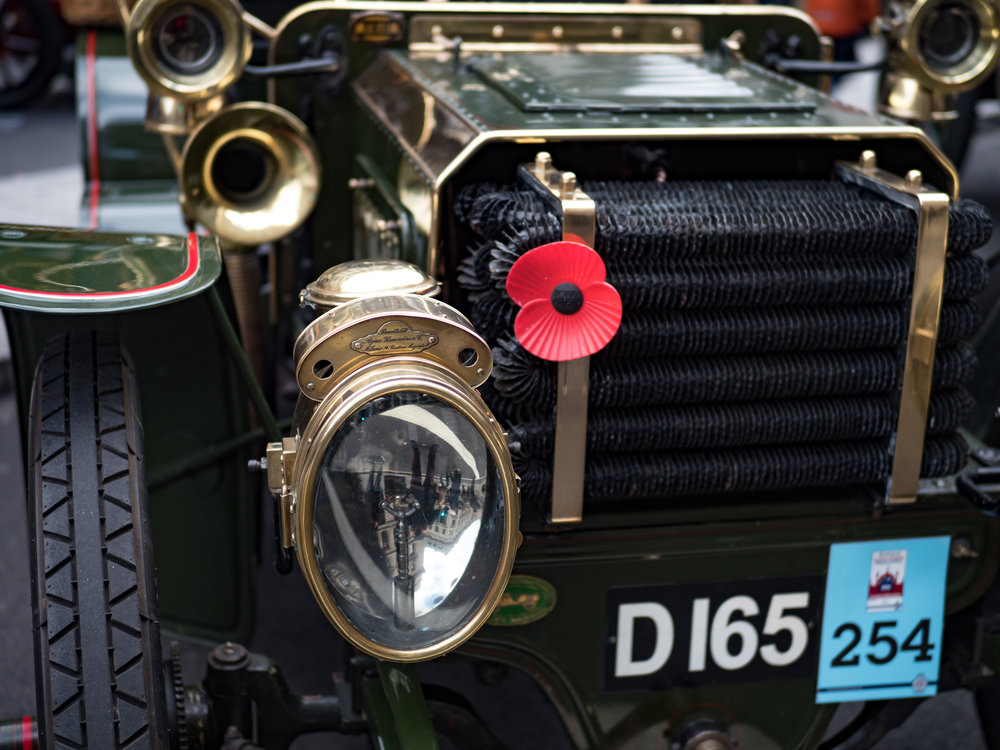


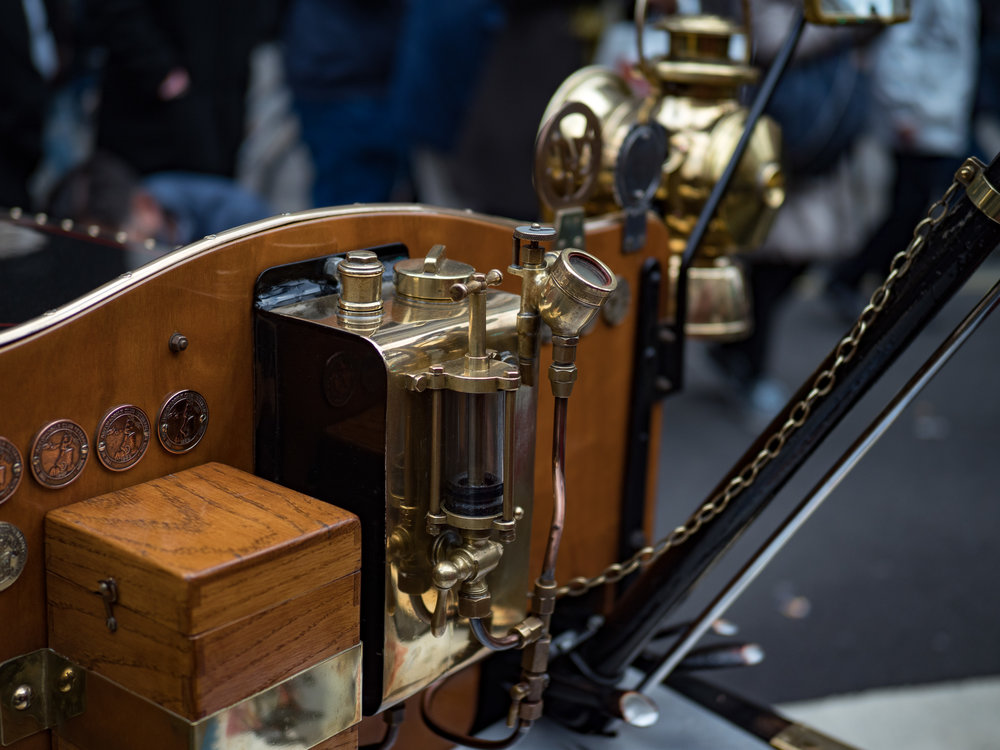


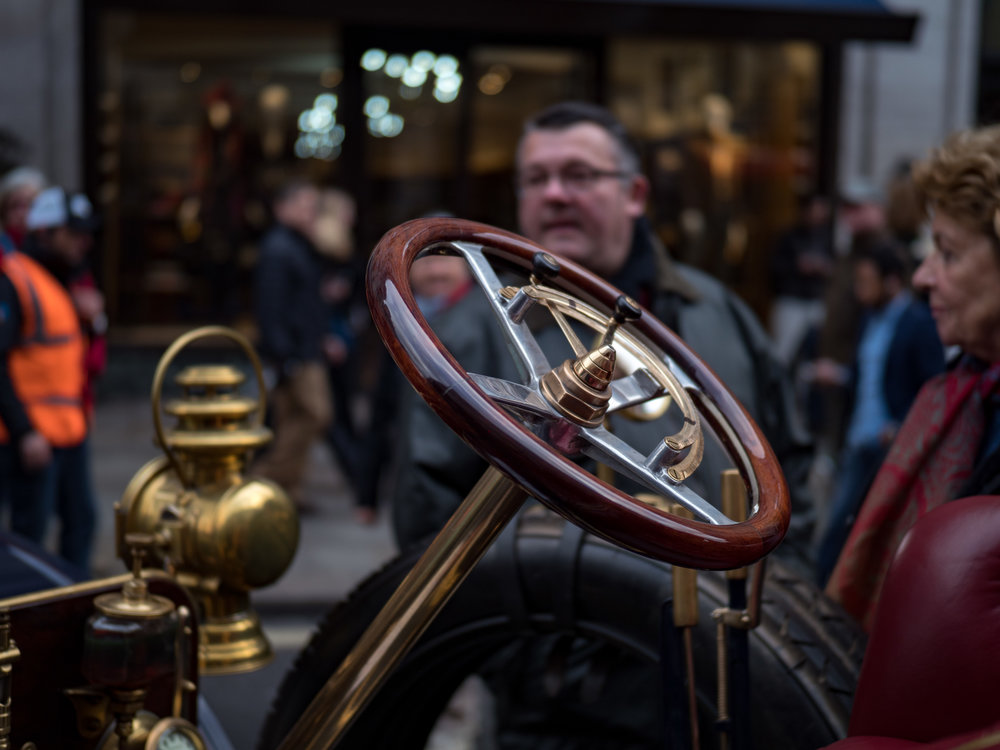
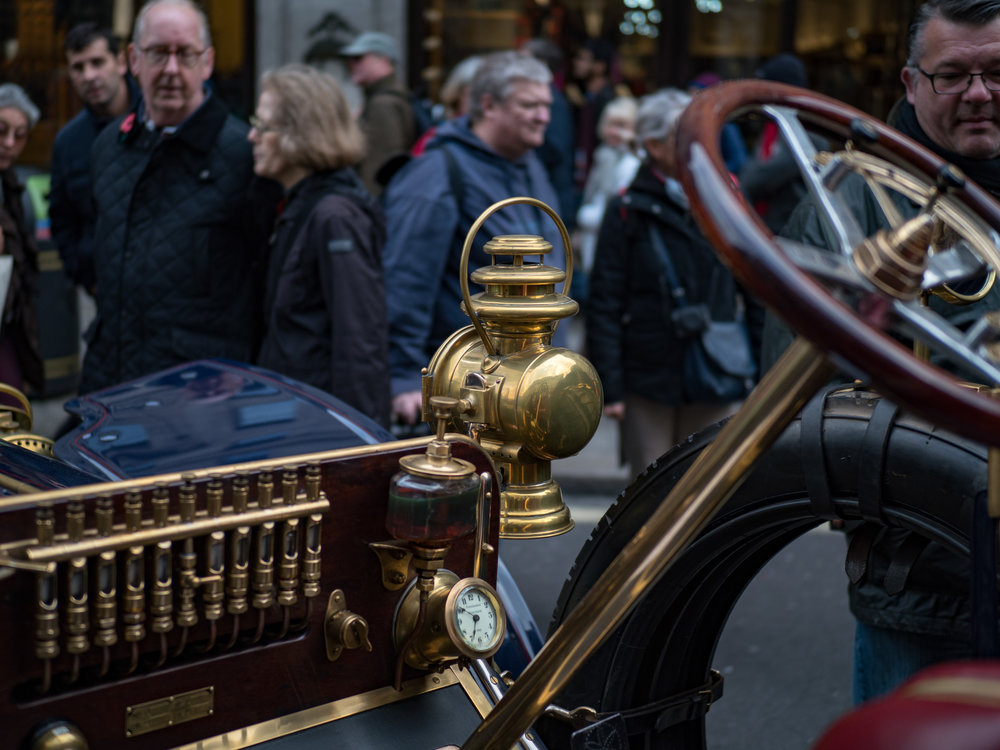


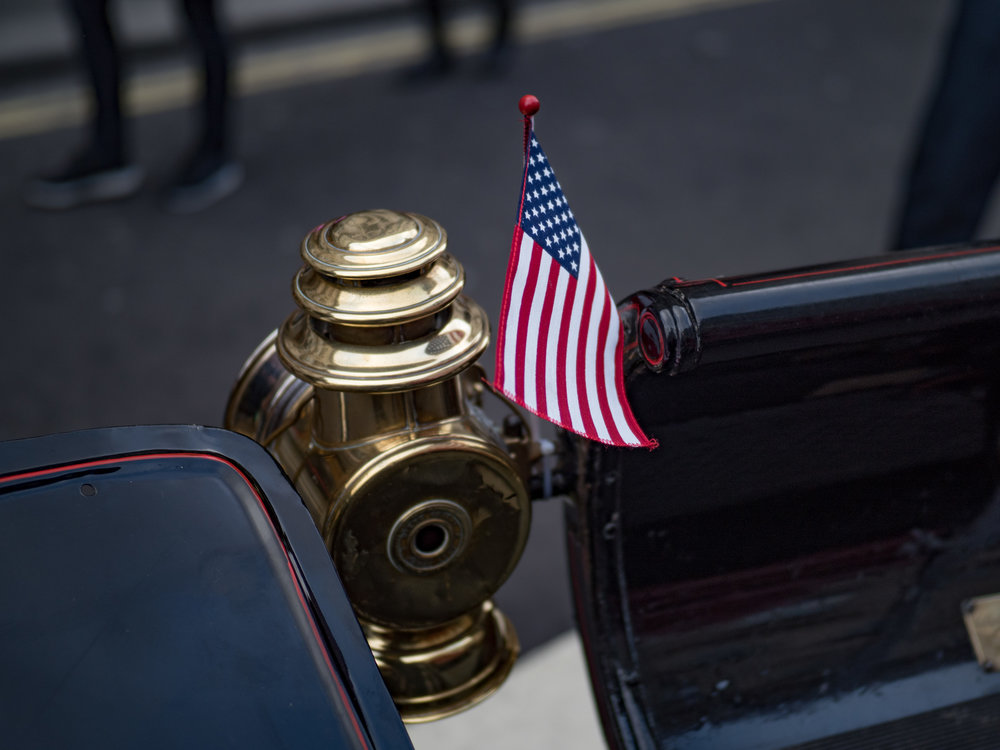
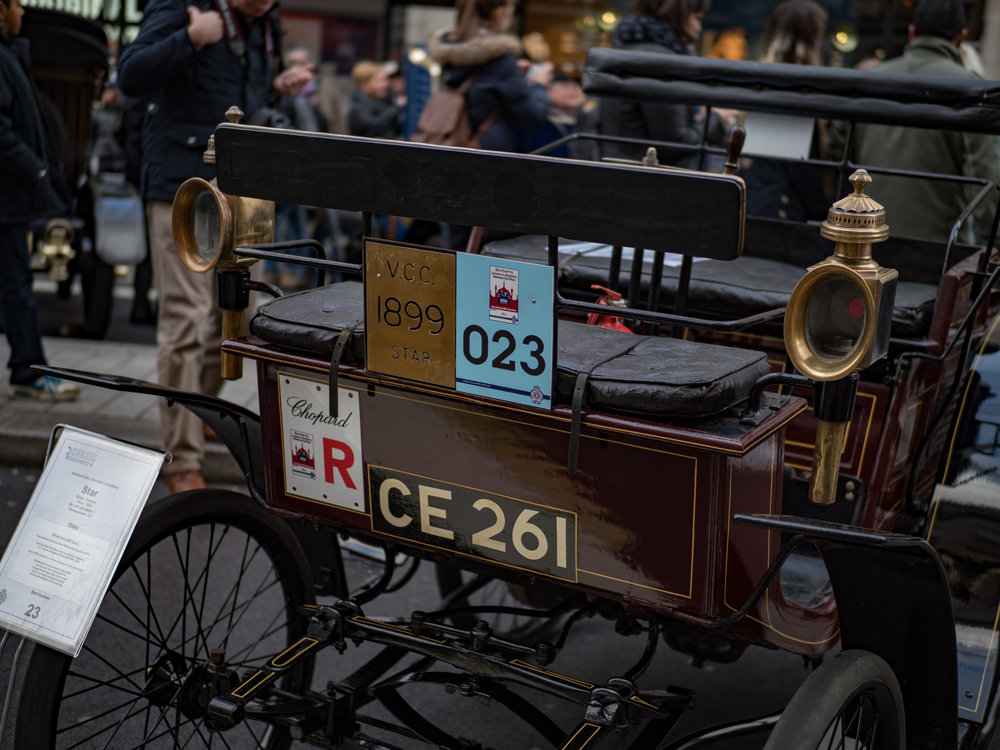

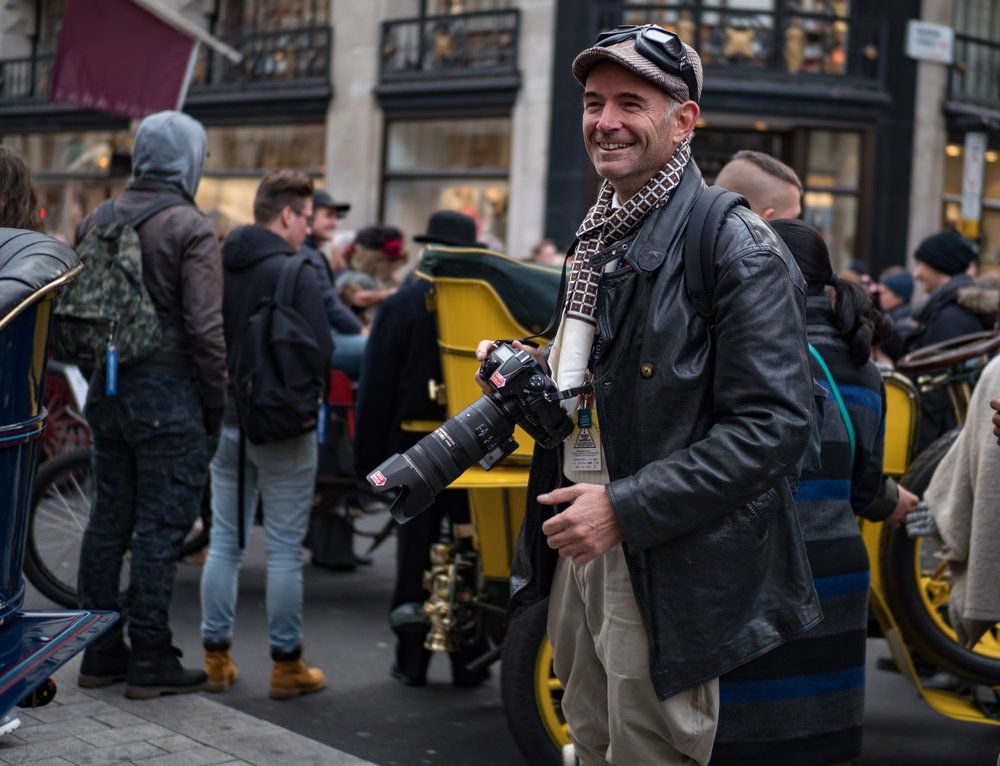



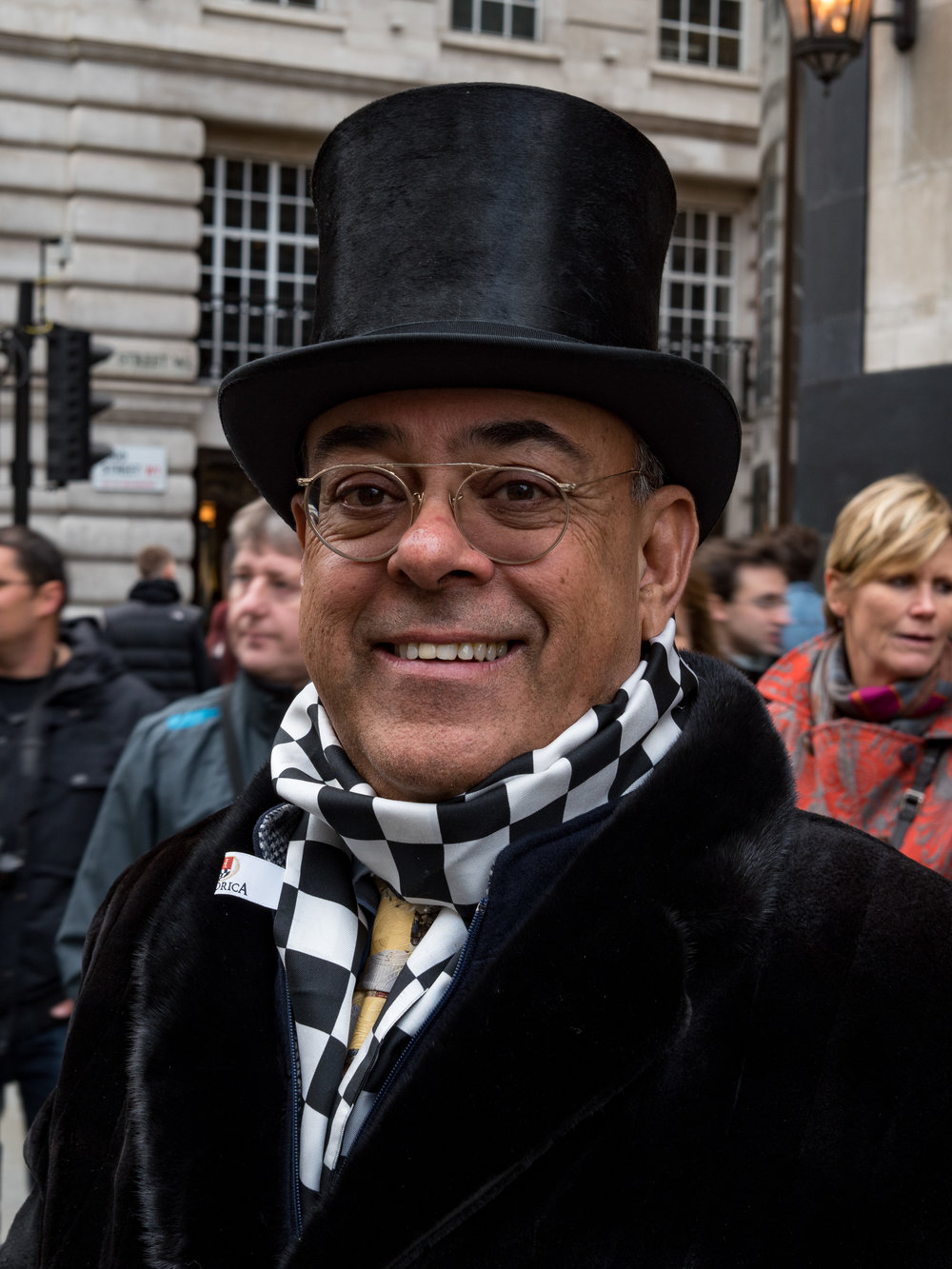
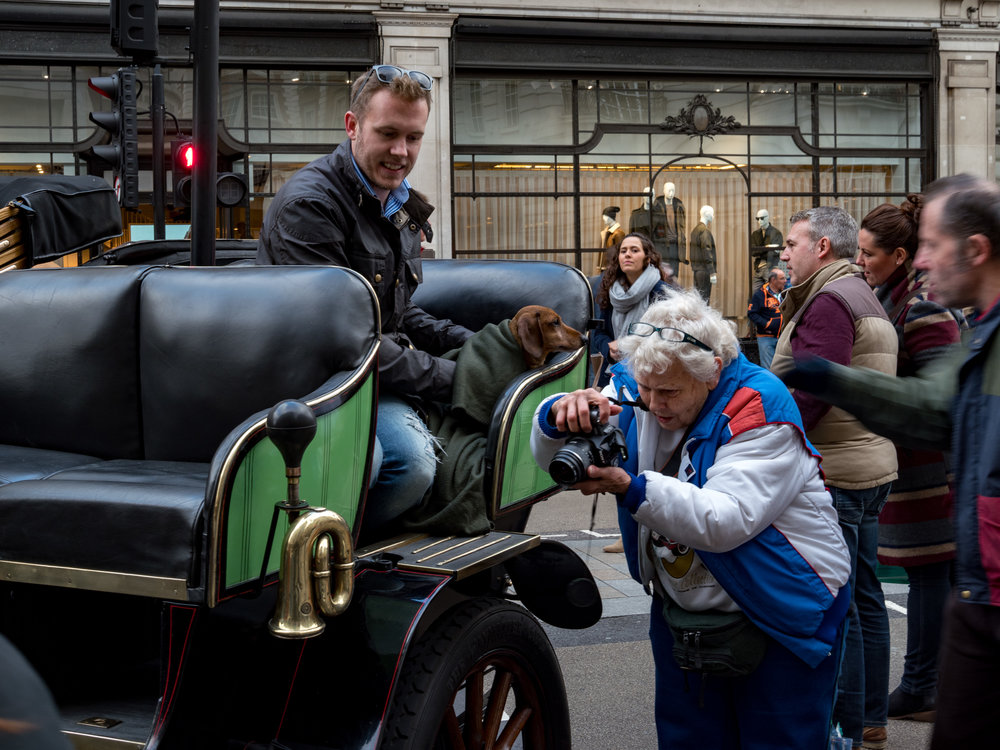
First impression of the M.Zuiko f/1.2 is size. For a 25mm m4/3 prime this lens is huge, comfortably dwarfing the Leica DG and more than doubling the weight to 455g. The impression is exacerbated by the cylindrical hood which adds 400mm more to the length. In fairness, the Leica DG also has a substantial hood. It is salutary to reflect that the 25mm Pro is almost exactly the same size as Leica’s 35mm (50mm equivalent) Summilux-TL, an APS-C lens that is actually very comparable.

More significantly, the 25mm Pro is larger and 45g heavier than its 12-40 f/2.8 zoom sibling. Culprit, of course, is the bright f/1.2 aperture which adds to the glass and which ensures that this lens will be a superb low-light performer. At this wide aperture it has an impressively narrow depth of field, allowing delectable subject isolation.

Monochrome gallery, out-of-camera jpgs (click to enlarge)
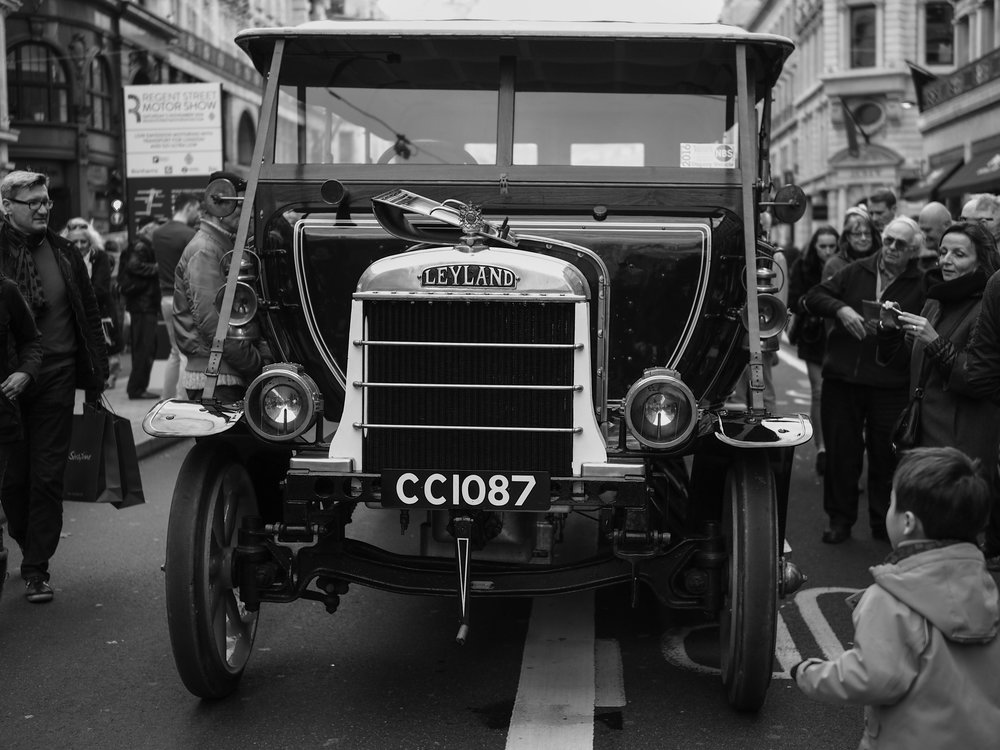

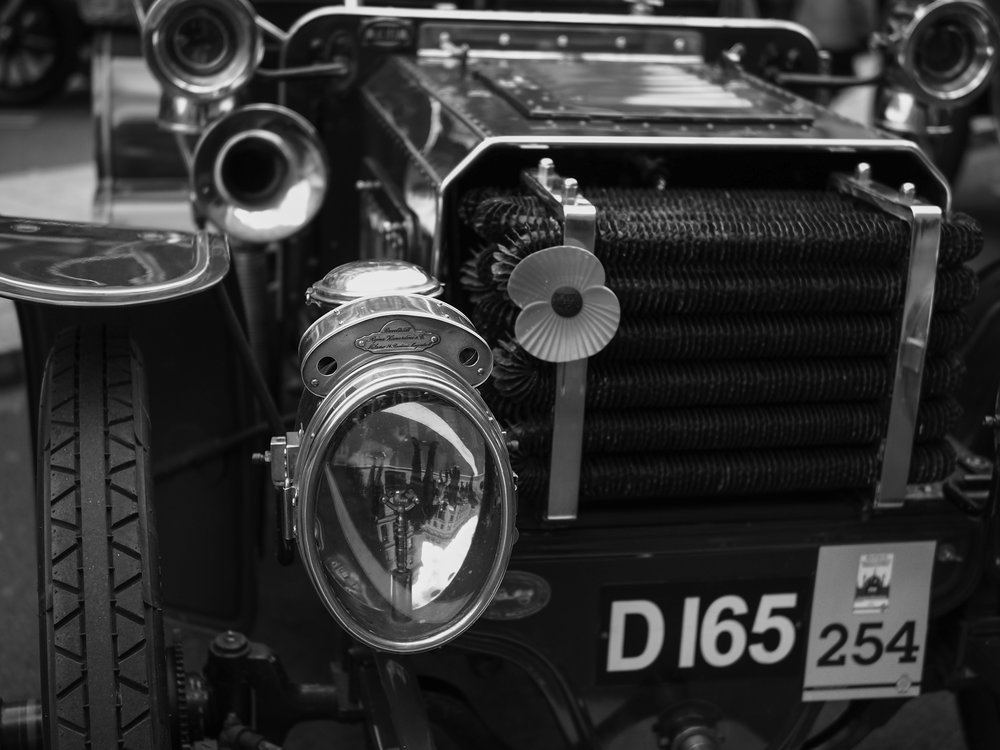


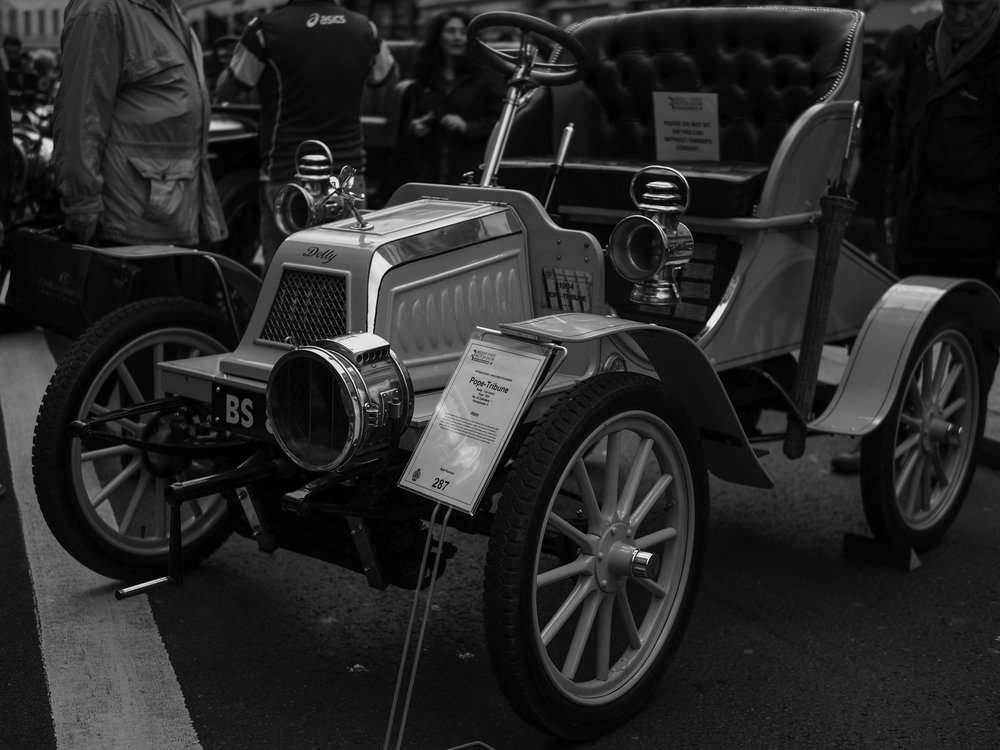


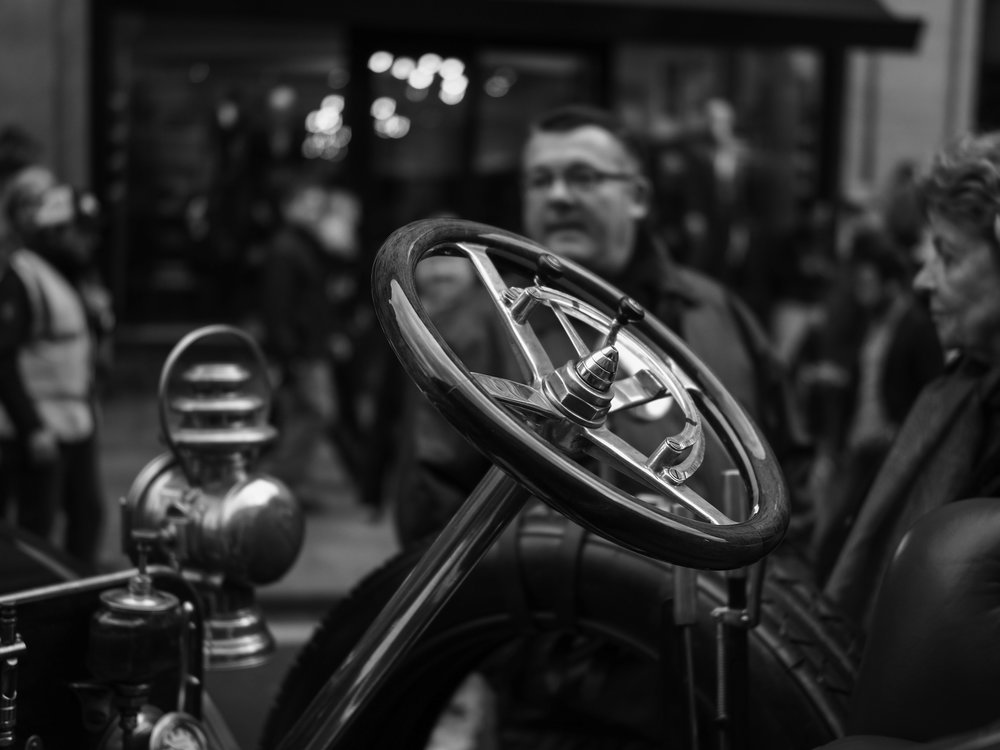

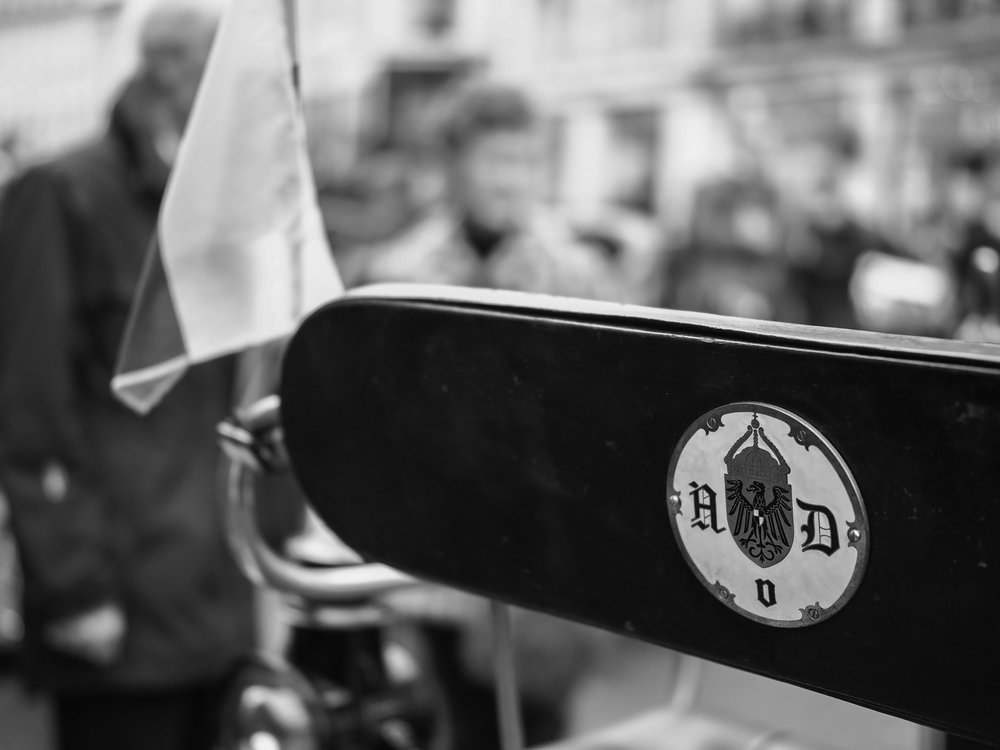
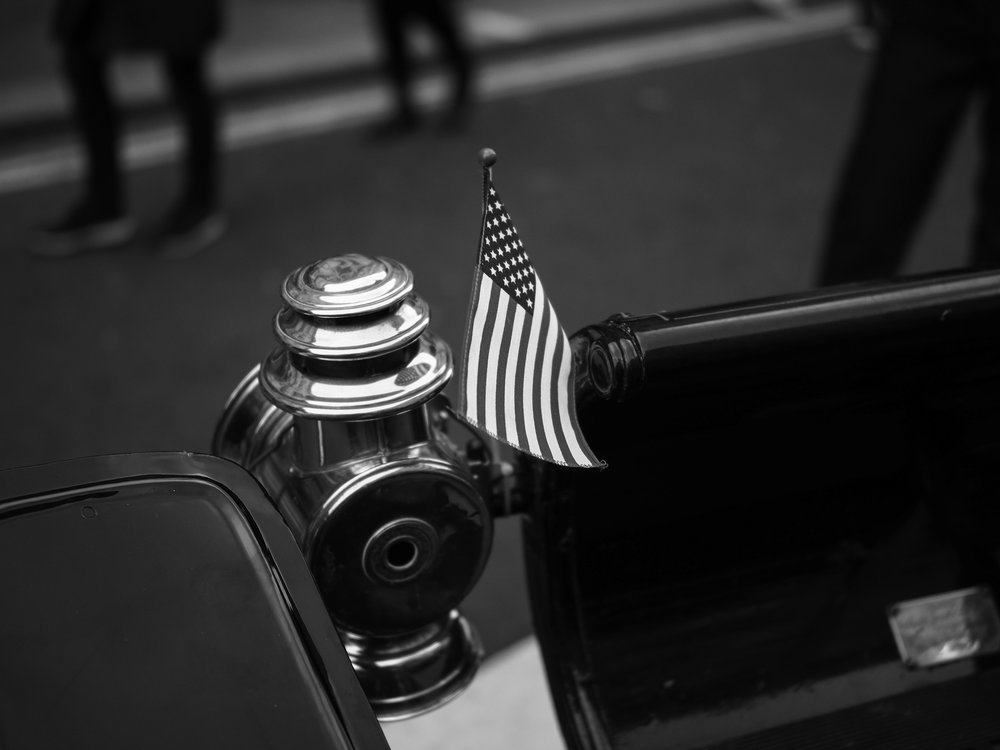
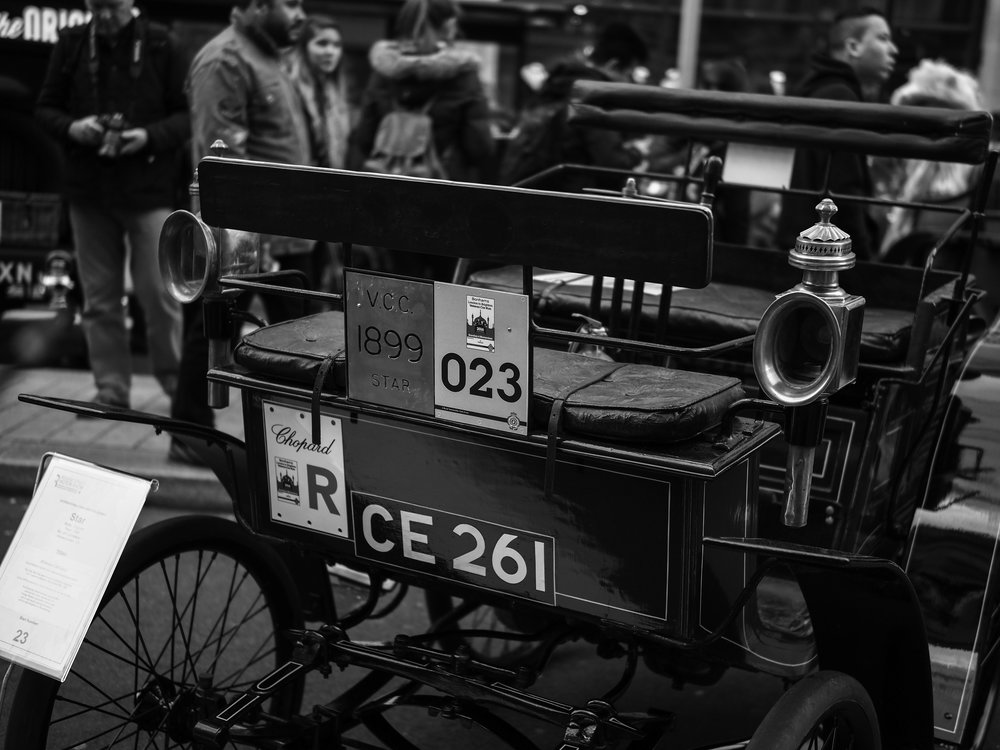



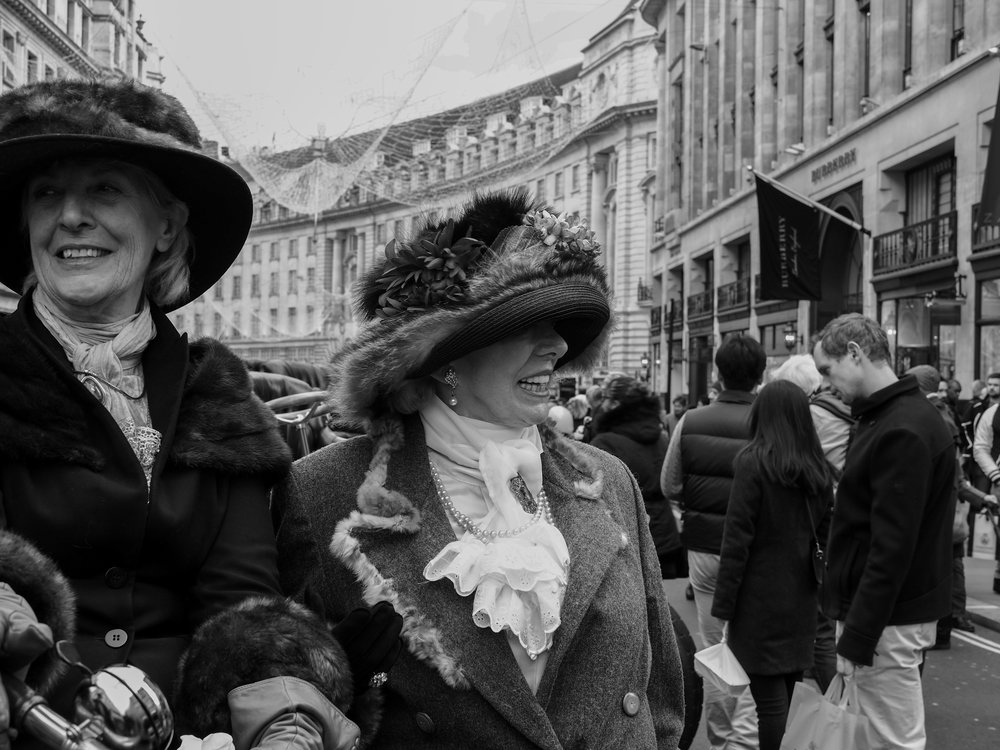


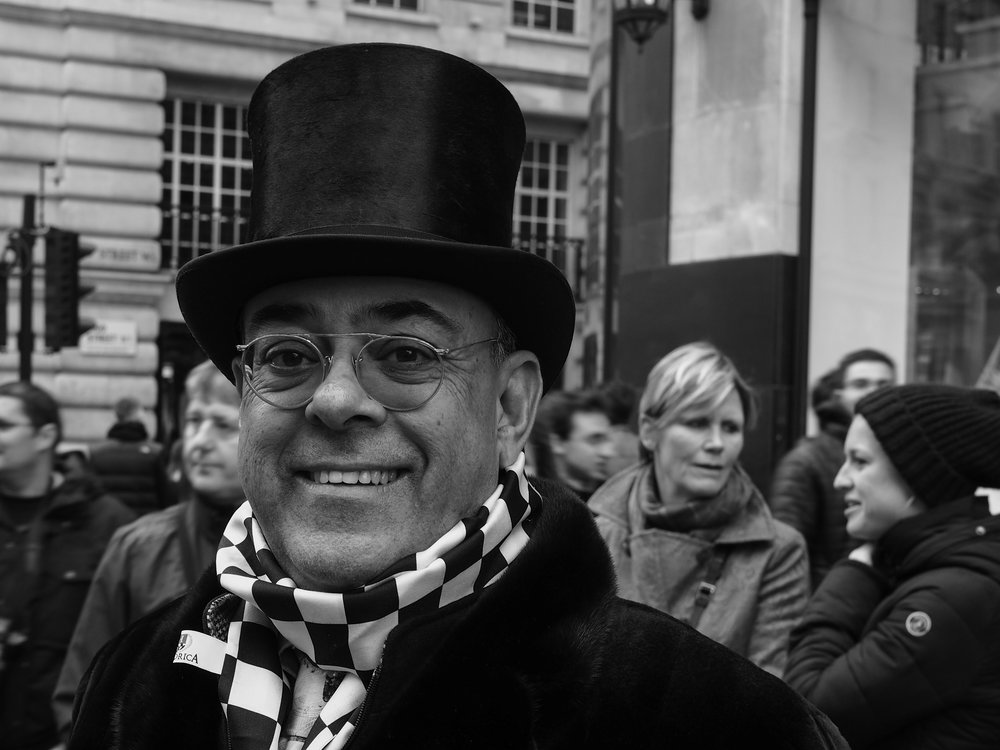
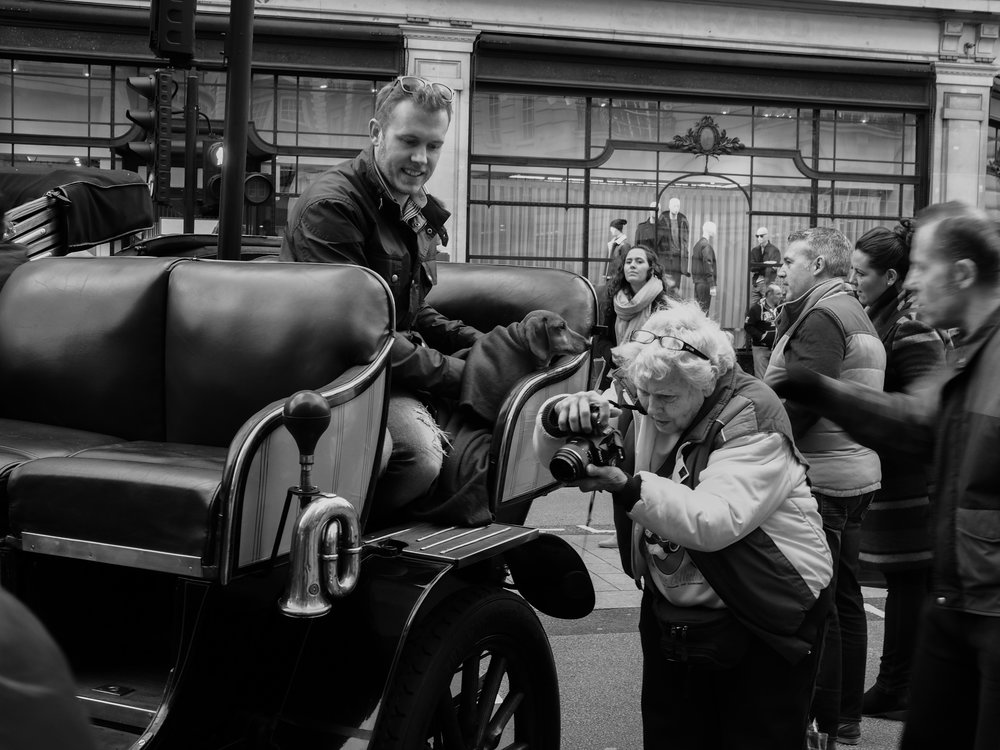
Depth of field
While the 25mm f/1.2 gathers light as effectively as an equivalent focal-length APS-C or full-frame lens, it does not offer the same depth of field. You can reckon on a two-stop difference so this lens shot wide open will have a similar depth of field to a full-frame lens at f/2.4. So we shouldn’t run away with the idea that this optic, good as it is, is a near competitor for the Noctilux. In m4/3 terms, though, this is a stunning lens and I imagine it will be in keen demand.
The build quality of this lens is superb, fully in line with the other M.Zuiko PRO range. The focus ring is particularly silky and well damped, better I feel than that on the 12-40mm or 7-14mm zooms.
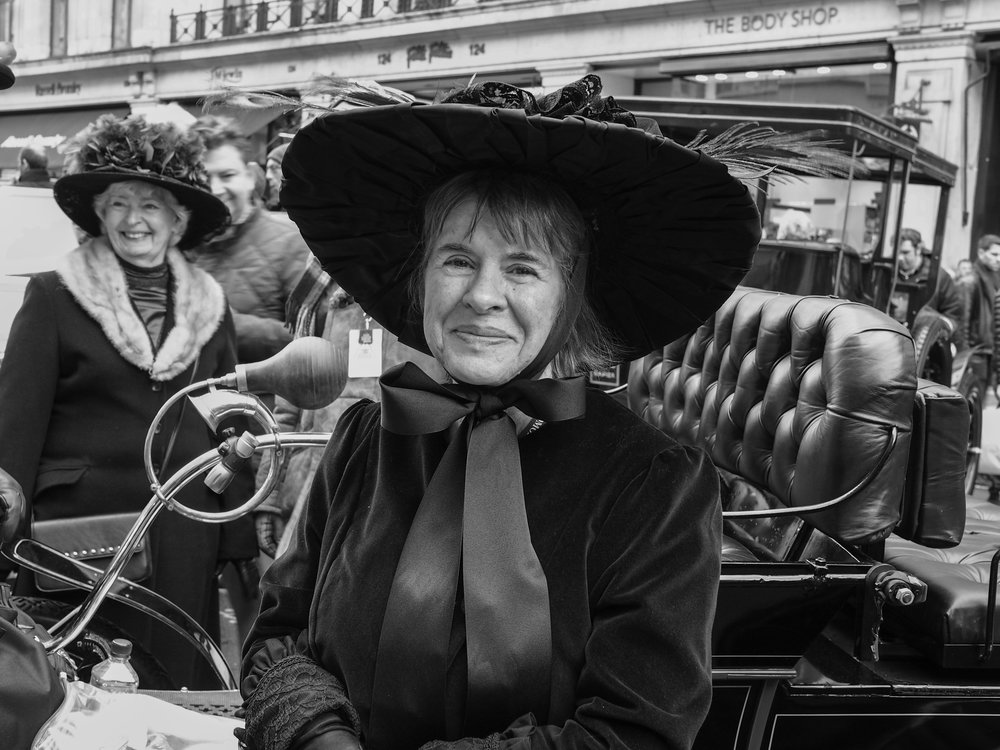
These are simply first impressions and not a review of the lens. I took a lot of shots on Saturday in both RAW and JPG Fine. The front effect dial on the PEN-F was set to Monochrome for JPGs. On the one hand, I wanted to try out the Monochrome setting for my forthcoming review of the camera but it also gives the opportunity to show OOC jpegs alongside the processed RAW colour images. To complete the comparison I turned the colour shots into monochrome using Silver Efex Pro so you can judge the difference between the in-camera B&W and the SEfex processing.
¹ The Run takes place on the first Sunday of every November and commemorates the Emancipation Run of 14 November 1896 which celebrated the passing into law of the Locomotives on the Highway Act, which raised the speed limit for ‘light locomotives’ from 4 mph to 14 mph and abolished the requirement for these vehicles to be preceded by a man on foot. The early law required the man on foot to carry a red flag but that requirement was abolished in 1878. The Locomotive Act was still widely known as the ‘Red Flag Act’ and a red flag was symbolically destroyed at the start of the Emancipation Run, as it is today just before the start in Hyde Park (Royal Automobile Club).
____________
- For a technical overview of the relationship between m4/3, APS-C and full-frame lenses read this article on Aperture equivalence
- Subscribe to Macfilos for free updates on articles as they are published. Read more here
- Want to make a comment on this article but having problems? Please read this
